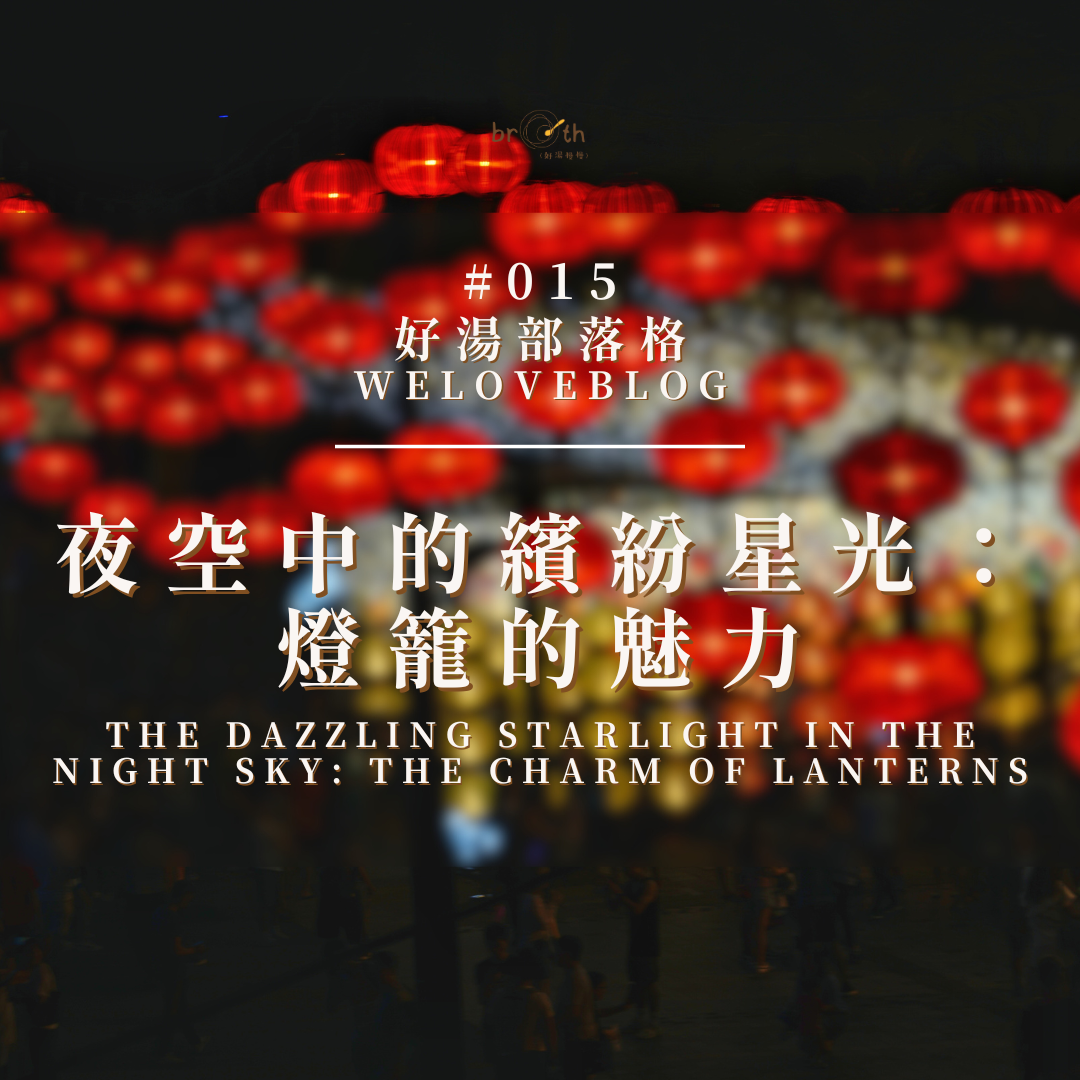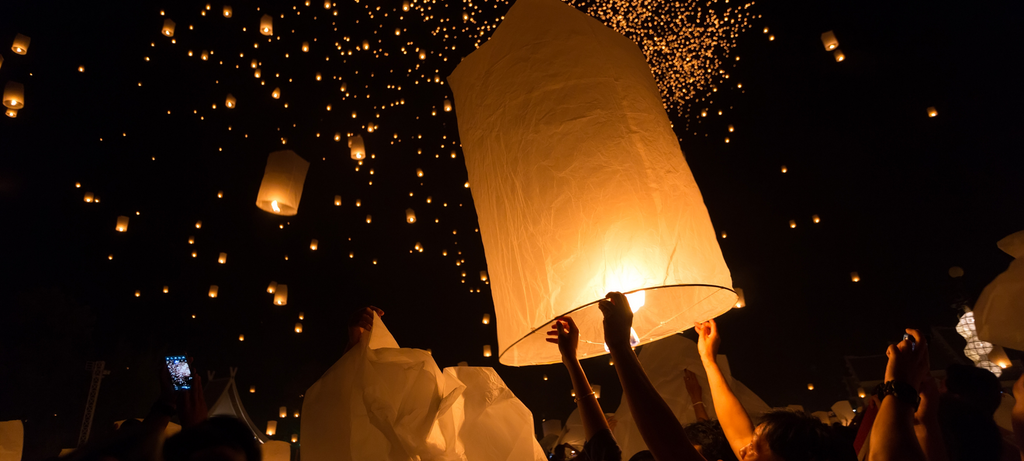🥘 New Drop: Beef Bourguignon (10% OFF)
Cozy, rich, and ready to heat—add our new Beef Bourguignon at 10% OFF intro pricing this Christmas.

Hello, fellow Mid-Autumn lantern enthusiasts! Mid-Autumn Festival is here again, the time when we chase after light and indulge in mooncakes! On this joyous occasion, let's talk about those glittering and splendid lanterns that carry a long history, cultural symbolism, and breathtaking creativity. Let's illuminate this topic now!
Lanterns originated over two thousand years ago during the Western Han period when people used them for illumination. Looking back, maybe it was to find mooncakes in the dark! However, these lanterns later became more than just sources of light; they became symbols of celebration and reunion for the Chinese people. This explains why lanterns always shine brightly during the Mid-Autumn Festival! There are countless types of lanterns, including palace lanterns, silk lanterns, hanging lanterns, and more. Their designs are intricate and diverse, featuring figures, landscapes, flowers, birds, dragons, phoenixes, fish, and insects, among others.

Now, let's traverse Asia and explore the unique features of lanterns!

If you have the opportunity to celebrate Mid-Autumn Festival in different places, don't forget to appreciate the unique lantern styles. Lanterns in Taiwan often feature bright colors and are frequently themed around animals or cartoon characters, always capturing children's eyes.
In some regions of China, such as Guangdong, lantern craftsmanship is highly refined, resulting in exquisite paper lanterns with intricate details and craftsmanship that is truly awe-inspiring. Additionally, the Lantern Festival in Hong Kong is famous for its spectacular and colorful lantern displays designed to attract visitors. These lanterns offer us a visual feast on Mid-Autumn night.
Lantern styles and creativity vary widely across regions.


This tradition is truly magical, and each ascending sky lantern is a blessing, like a small dream soaring into the distance.
Lanterns have different symbolic meanings in various regions.


In summary, lanterns play different symbolic roles in different regions, but they are generally associated with happiness, reunion, worship, and religious beliefs.
Let me share you an interesting story about lanterns! Legend has it that after Jiang Ziya finished sealing the deities, he found himself without a role and had to substitute for other immortals on their outings. On New Year's Eve, while all the other gods had their places to go, Jiang Ziya had nowhere to be. The people, seeing his plight, decided to light a lantern at the top of a pole and let him squat under it for the night. Over time, this custom evolved into the tradition of lighting lanterns every Mid-Autumn Festival, allowing us to bask in the radiant glow of lanterns, illuminating our festivals and lives.

Mid-Autumn lanterns are not just tools to light up the night; they are a part of our culture and history, bursting with vibrant colors and sparks of creativity. No matter which type of lantern you prefer, remember to share the light and joy with your family and friends this Mid-Autumn Festival, because a happy Mid-Autumn is meant to shine brightly, like a shining star! And as for the Mid-Autumn Festival magic that keeps you from gaining weight: Celebrate first, then fix your weight later! (Don't blame me for that! XD)
Wishing for my 100th successful diet!
If you're interested in making lanterns, please refer to the images below.

